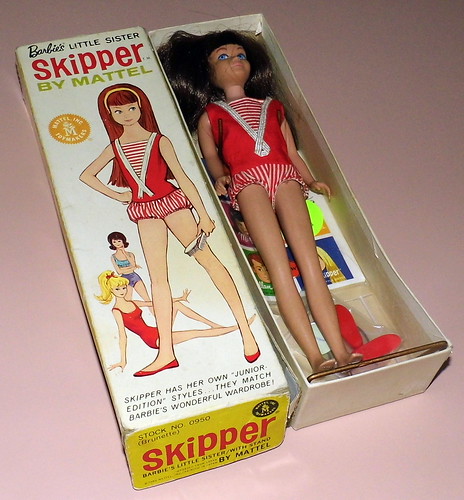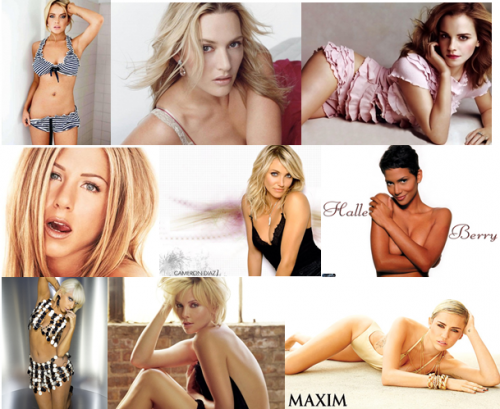We’ve had some fun posting uses of the word “gay” before it meant what it means today. For example, the “gay nineties,” “to wake up GAY in the morning!,” and “I’ve robbed the rainbow to make you gay” (yes, really).
Here’s another fun one: a letter from Marilyn Monroe thanking the German Consulate General for a bottle of champagne. May we all be as gracious.
Thanks to Retronaut for the find!
Lisa Wade, PhD is an Associate Professor at Tulane University. She is the author of American Hookup, a book about college sexual culture; a textbook about gender; and a forthcoming introductory text: Terrible Magnificent Sociology. You can follow her on Twitter and Instagram.









